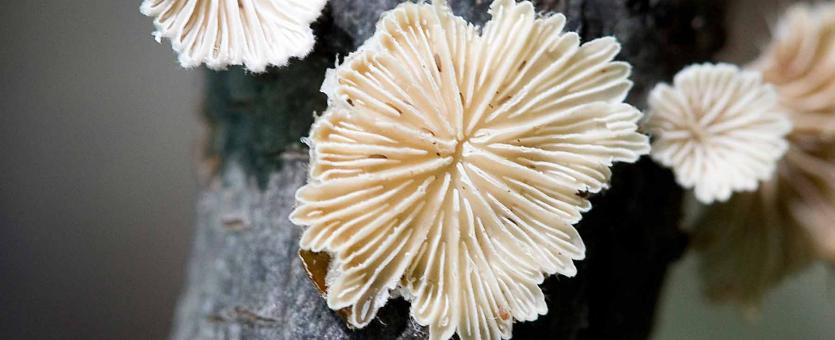
Small, white, hairy, fan-shaped caps; beneath, whitish or pinkish gill-like folds that split toward the edge. Grows in clusters on dead branches. Year-round. Cap fan-shaped; whitish to grayish; texture dry, hairy, leathery. Underside whitish to grayish to pinkish; hairy, with gill-like folds that are split lengthwise to the cap margin. Stalk not present, or tiny. Spore print white. Spores magnified are cylindrical, smooth.
There are no lookalikes in Missouri.
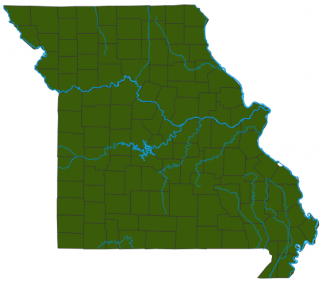
Habitat and Conservation
Status
Life Cycle
Human Connections
Ecosystem Connections
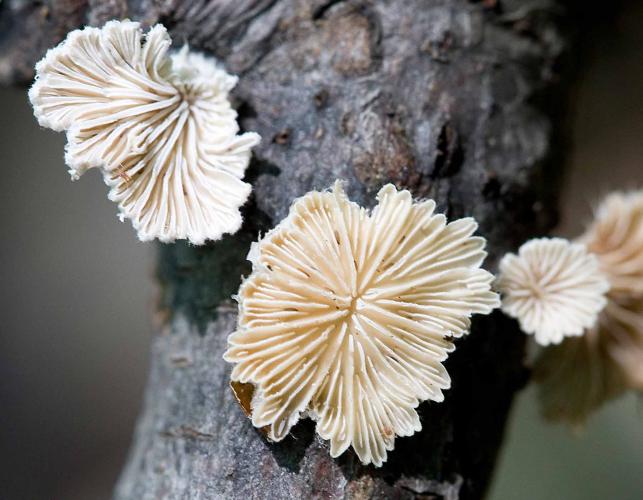
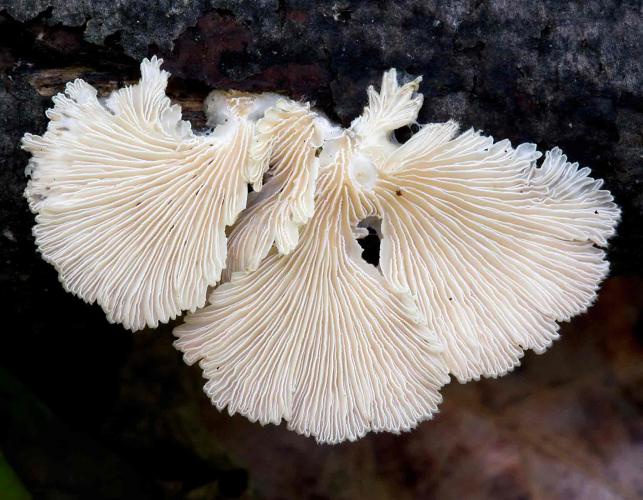
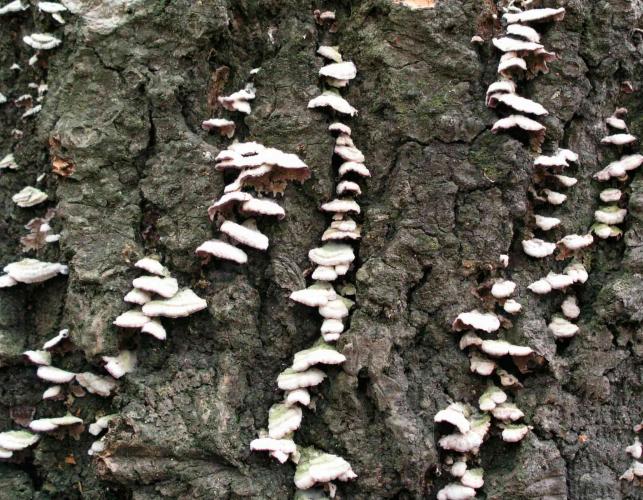
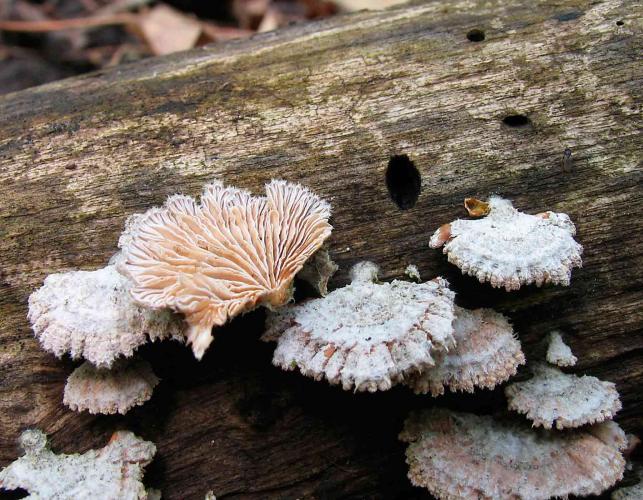
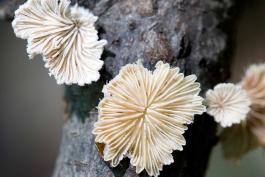

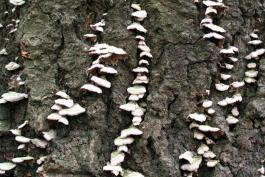

Mushrooms are a lot like plants, but they lack chlorophyll and have to take nutrients from other materials. Mushrooms are neither plants nor animals. They are in a different kingdom — the fungi. Fungi include the familiar mushroom-forming species, plus the yeasts, molds, smuts, and rusts.
Always be cautious when eating edible mushrooms. Be absolutely sure of the ID, and only eat a small amount the first time you try it to avoid a reaction..





















